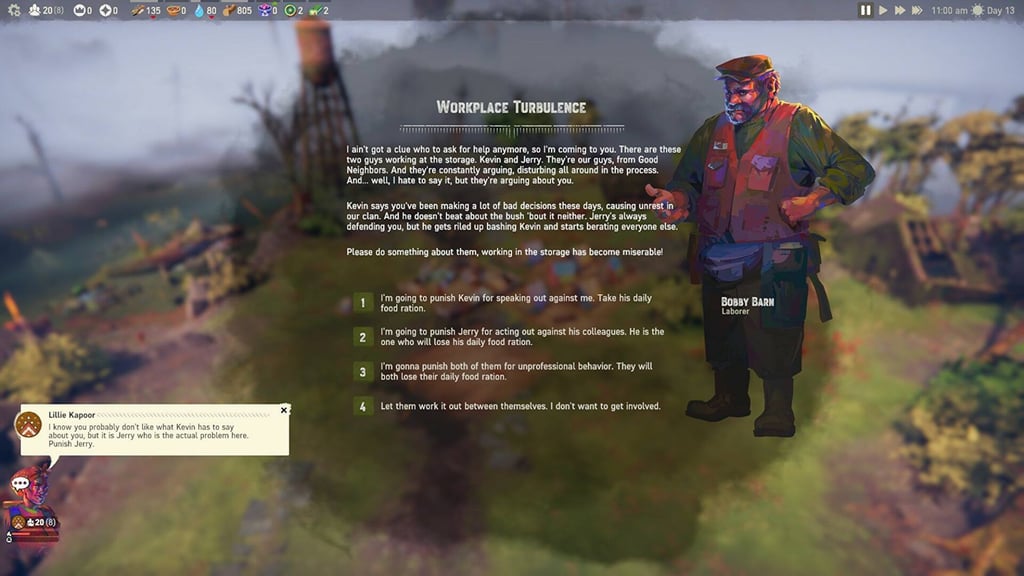Advertisement
Can video games help bring home climate change reality? Yes – showing the ‘worst-case scenario’ helps it resonate
- Floodland, a video game released this year, represents a new approach developers are taking: using games to educate players on climate change
- It is not the only one – the number of dystopian video games has risen over the past few years. Many feature pandemics and other catastrophes as well
Reading Time:4 minutes
Why you can trust SCMP

The ice caps have melted. Continents have been reduced to a handful of islands. Survivors seek to rebuild what is known as the Floodlands.
Advertisement
That is the premise of a video game released this year that represents a new approach developers are taking: using games to educate players on climate change, and what might happen if they fail to rein it in.
In an earlier game, Eco, the land is still vibrant and human society is growing. Eventually an asteroid strikes, but the inhabitants do not know that yet.
Eco and Floodland approach climate change differently – the former as imminent doom, the latter as its aftermath. Both are part of efforts by the US$200 billion gaming industry to be a part of the growing discussion on climate change.

“The game shows the worst-case scenario,” says Kacper Kwiatkowski, Floodland designer and head of game studio Vile Monarch in an email interview.
Advertisement
“Our early research indicated that a realistic rise of sea levels is several metres. We decided to assume 10-15 [metres] in the game for more dramatism. Now it seems that this dramatic scenario is not necessarily an unlikely one.”

Advertisement